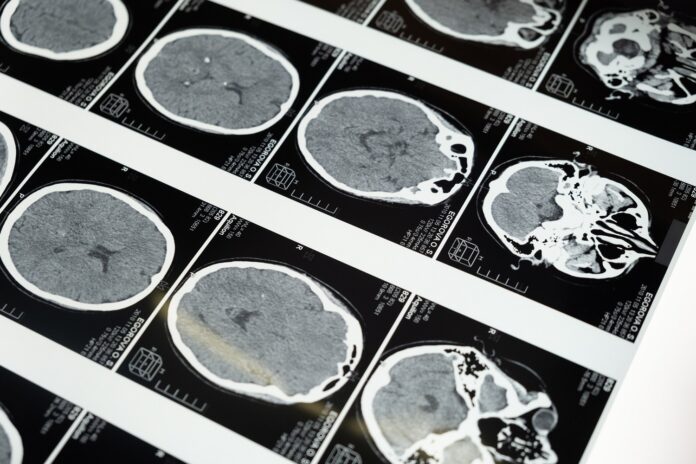
A team of researchers led by a University of Louisville experimental neuropathologist has discovered important characteristics of certain types of brain tumors that may lead to novel options to treat them and better understanding of how they and other brain tumors arise.
Norman Lehman, UofL professor of pathology and biochemistry and molecular genetics, led the study of the origins of uncommon brain tumors called astroblastomas that most often affect children and young adults.
“This research gives us a new understanding of how childhood brain tumors with origins in early embryonic development arise,” Lehman said. “It could lead to detection very early in the formation of these types of tumors, new treatments or potentially even strategies to prevent their formation.”
The research, published this week in Nature Communications, revealed two distinct subtypes of these tumors, one that develops in early childhood, the other developing later in life.
The type of astroblastoma that occurs in young children is derived from radial glia that arise very early in the embryonic brain and are biologically related to tumors known as ependymomas. The other type of astroblastoma, typically occurring in young adults, is derived from later neural stem cells called outer radial glia and are biologically related to astrocytomas.
The research also has implications in understanding differences in tumor occurrence based on sex.

“The early-development astroblastoma tumor appears to occur exclusively in females, which may give us a better understanding of why certain types of tumors not involving the reproductive system are found more frequently in males or females,” Lehman said.
Lehman also said the tumors’ mechanisms likely involve alterations in DNA methylation that could possibly be exploited to detect tumor development early on or mitigate their development, but also are associated with other types of neural conditions.
“The altered genes that are associated with the development of these tumors are genes that also are associated with developmental neurocognitive disorders such as autism spectrum disorder, attention deficit hyperactivity disorder and schizophrenia,” he said.
Contributors to the work included Brian Williams and Akshitkumar Mistry, both assistant professors in the UofL Department of Neurological Surgery and neurosurgeons with UofL Health, UofL biochemistry and molecular genetics graduate student Müge Sak and former UofL pathology resident Khaled Alkhateeb.
“We have very few treatments for brain tumors,” Mistry said. “If we can get to the bottom of this very rare brain tumor in terms of its biological origins or its biological behavior, then that knowledge could be applied to some of the other aggressive brain cancers. The question is, how does this sort of research apply to other tumors that are not well understood, and can we gain insight into those other tumors to hopefully figure out how they’re behaving?”
Other important contributors included developmental biologist Nathalie Spassky of the Institut de Biologie de l’École Normale Supérieure in Paris and Kenneth Aldape of the National Cancer Institute Center for Cancer Research.
































